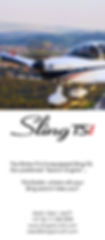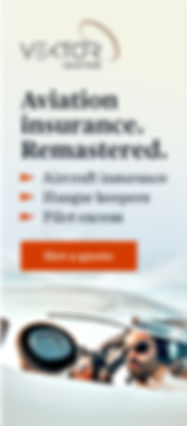In responding to the rhino poaching crisis the Kruger has been subjected to, the Honorary Rangers Conservation Services National Project donated a Bat Hawk light aircraft to keep a bird’s-eye view over the conservation area.

Section ranger and pilot Andrew Decmet said aerial surveillance formed a key part of the fight against rhino and elephant poaching in most of the national parks and conservation areas. However, the high running cost of traditional aeroplanes and helicopters meant they could not always be used efficiently.“We have been given a Bat Hawk light aircraft which has been refurbished with the latest motors and equipment. It is a fantastic tool to have,” he said.

Previously, they had sent the rangers on foot for quite a long time for the patrol. He said they flew with a tablet and recorded it on CyberTracker.
The new Bat aircraft brings the tally to two at the Kruger, in addition to four helicopters and two conventional fixed wing aircraft.
Yesterday, Decmet displayed the aircraft’s ability. The aircraft buzzed loudly as it raced across a short bush runway before lifting quickly into the air
The white livery was purposely done so the aircraft could be visible to poachers inside the park and deter them from their deadly missions. “Although we don’t always arrest them, we mess up their poaching mission thanks to the visibility of the aircraft,” he said

The aircraft fly at 200ft AGL with great low speed handling they can patrol at 45 knots with the amazing visibility offered by the Bat Hawk its ideal for purpose.

Decmet said that after poachers had been identified, the aircraft would circle them while calling for backup on the ground. He said it kept the poachers hiding because they did not want to be seen from the air, and it gave time for the dogs and rangers to get to their hideout.

The Bat Hawk, which is in the same price range as a good 4x4 vehicle, covered more than 4000 hectares during its operations and used only 90 litres of petrol. “We try to fly it every day for about two to three hours because we have daily incursions,” he said.
The aircraft also worked for associated conservation work such as game counts, darting from the air and location of wounded animals.
Decmet said the air surveillance proved to be fruitful in trimming down the number of attacks on rhinos. “The aircraft have played a pivotal role in assisting with poaching, but can't necessarily take the full credit because it is a joint venture of other precautionary measures,”
Decmet said future plans included having four ranger pilots in the park.
Last year, 504 rhinos were poached from the Kruger.
Historically, the national park has been a hot spot for rhino poaching. In January, the report on poaching for 2017 released by Water and Environmental Affairs Minister Edna Molew indicated that 1028 rhino were poached during the period in review, a decrease by 26 from the 1054 recorded in 2016.
























